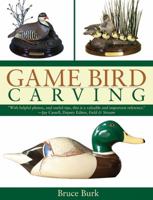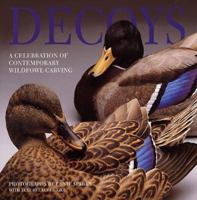Burning and Texturing Methods (Blue Ribbon Techniques)
Select Format
Select Condition 
You Might Also Enjoy
Book Overview
How to use your burning and texturing tools to achieve brilliant results. Crisp step-by-step photographs and instructions will enable the beginner to detail carvings with a minimum of difficulty and magnificent results. It will give the expert blue ribbon ideas that will make the best of show.
Format:Hardcover
Language:English
ISBN:0393050831
ISBN13:9780393050837
Release Date:July 2004
Publisher:W. W. Norton & Company
Length:288 Pages
Weight:1.30 lbs.
Dimensions:1.1" x 6.5" x 9.6"
More by Janice Rider Ellis
Customer Reviews
4 customer ratings | 4 reviews
There are currently no reviews. Be the first to review this work.

















































